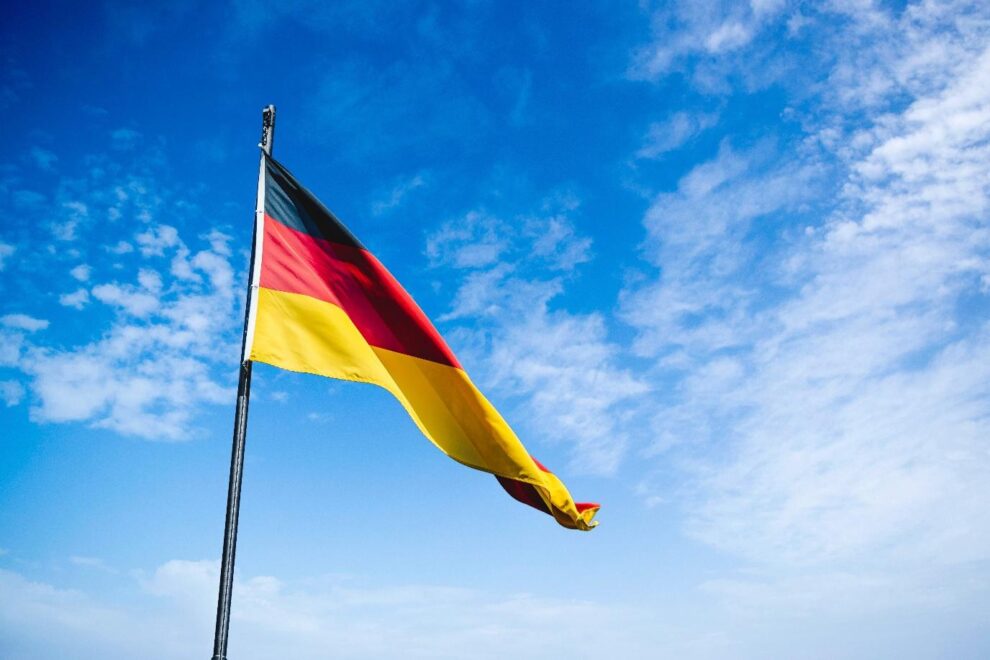As European Union countries have leveraged preexisting economic relationships to offer quick and seamless cross-border payments across the region, real-time payment adoption has seen historic growth in recent years.
Germany, the continent’s largest economy, also leads in real-time payment transactions, with daily volume averaging 1.2 billion in 2021, according to a PYMNTS study on instant payments growth in the region.
The Western European country is one of the early adopters of the pan-European SCT Inst payments scheme (also known as SEPA Instant) launched in 2017 to facilitate ultra-fast euro payments across the 36 countries within the Single European Payment Area (SEPA).
Since then, the country has been providing consumers and businesses real-time transfers among participating banks and payment service providers (PSPs) in Germany, but also with participating financial institutions (FIs) and PSPs in other eurozone countries.
According to the latest Register of Scheme Participants from the European Payments Council (EPC), over 1,300 German FIs and PSPs are offering the SEPA Instant Payment scheme as of March this year, the highest in Europe, ahead of Austria (433) and France (300-plus).
Despite its regional leadership position, Germany’s real-time payments opportunity remains largely untapped and has a long way to go before these payments are adopted by locals as an everyday means of payment, per the PYMNTS study.
These findings were corroborated by data captured in ACI Worldwide’s “2023 Prime Time for Real-Time” report, which showed that Germany’s real-time payments volume represented only 2.5% of total payments volume in 2022, far behind non-real-time payment electronic payments (66.4%) and paper-based payments (31.1%).
However, Germans’ penchant for bank transfers and cash transactions represents a huge potential to accelerate adoption of real-time payments, the PYMNTS report noted. Germany’s girocard, an interbank debit card service with over 100 million in circulation, recorded 6.7 billion transactions in 2022, a 13% increase compared to the year prior.
Moreover, the proposed pan-European regulation requiring banks and PSPs to offer low-cost real-time euro payments to all consumers will tackle one of the challenges that has undermined the success of the SEPA Inst scheme, further accelerating real-time payments adoption in the local market.
Against that backdrop, PYMNTS projects daily real-time payments volume in Germany to hit 3.4 billion in 2026, growing at a compound annual growth rate (CAGR) of 24% between 2021 and 2026.
Source : PYMNTS



































